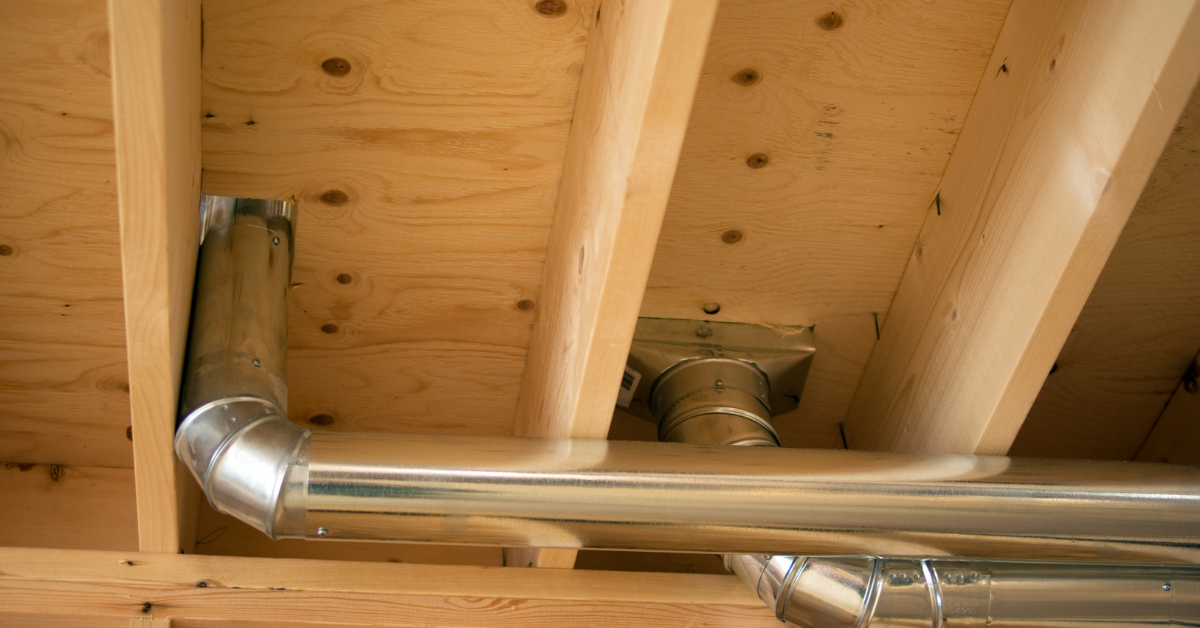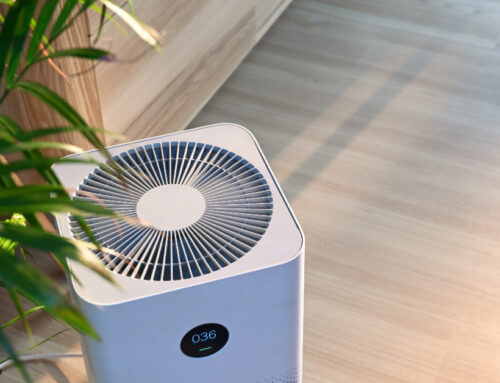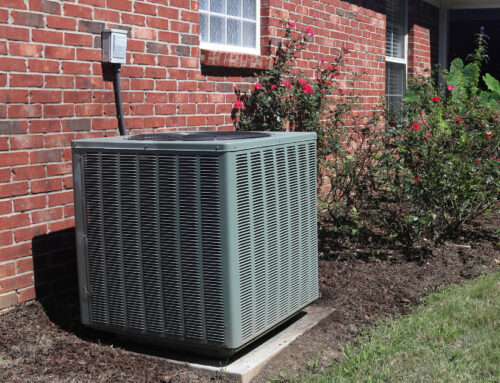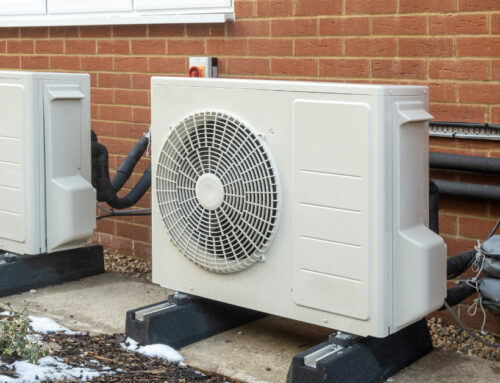The ductwork in your home acts like its circulatory system – sending air throughout the various rooms and returning it to your furnace or air handler. Properly designed and installed ductwork can make a significant difference in the efficiency of your system, improve comfort in your home and improve the health and safety of indoor air.
Chances are that your ductwork needs some attention. The typical life cycle of your ductwork is approximately 15 years. According to the Nevada Rural Housing Authority, the median year for homes built in the Carson City area is 1980 for rental homes and 1985 for those in which the owner resides.
Your home comfort is impacted primarily in three ways by a properly working HVAC duct system: Health, comfort and efficiency. This is a big topic, so we’re breaking it down into two parts. Today, we’re talking about your home health and comfort.
Your Ductwork’s Contribution to Health and Air Quality
A duct system that is poorly designed, installed or maintained can have a detrimental effect on the health of the people who live in the house, through the unintended distribution of indoor air pollution, including pollution from the attic and crawlspace.
The amount of air forced into your home depends on the amount of duct leakage and the amount of infiltration allowed by the construction of your home.
Leaky supply ducts in the crawlspace or attic may pull or force air from those spaces into your home, especially when your furnace or air handler is operating. If your furnace is in your garage and duct connections to it aren’t sealed well, air can be pulled in from your garage. Air forced into your home from any of these places displaces and squeezes conditioned air out of your home yielding both an air quality and efficiency penalty.
Room pressures may also be influenced by exhaust fans throughout the house, including bathroom fans, clothes, dryers and vented range hoods. These all remove air from your living space which must be replaced. Air will infiltrate, or leak in, from outdoors or from your attic or crawlspace.
The furnace or air handler blower or fan circulates all forms of indoor pollution throughout your home, potentially affecting the health of the home’s occupants.
Ductwork and Home Comfort
For more tips on keeping your home warmer this winter, read “Ways to Keep Your Home Warm This Winter“
The placement of your ductwork may play into home comfort. Attic ductwork affects both heating and cooling since attics are usually hot in the summer (warming air that you’re trying to cool) and cold in the winter (cooling air you’re trying to warm). Basements aren’t common in northern Nevada, which is too bad – there’s usually much less impact with basements since they usually have much less temperature extremes and may even be heated and cooled.
Poorly designed or installed ducting can lead to hot or cold rooms in your home. Rooms at the end of long and leaky ducts may feel too cold in the winter and too hot in the summer. Repairing or replacing your ductwork may provide significant improvements in comfort. Proper duct design accounts for the length of duct runs and even the amount of sun exposure each room gets.
The best way to properly size and design your new duct system is to have your trusted HVAC contractor perform a load calculation and duct design in your home. This process will consider things like the orientation of your home, the number and size of all windows, the proximity of rooms to the furnace or air handler, and the typical outdoor conditions on the hottest and coldest days. Done properly, your home will approach the best possible level of comfort.
In our next column, we’ll talk about efficiency. In the meantime, contact your HVAC contractor to start the conversation about your ductwork.






